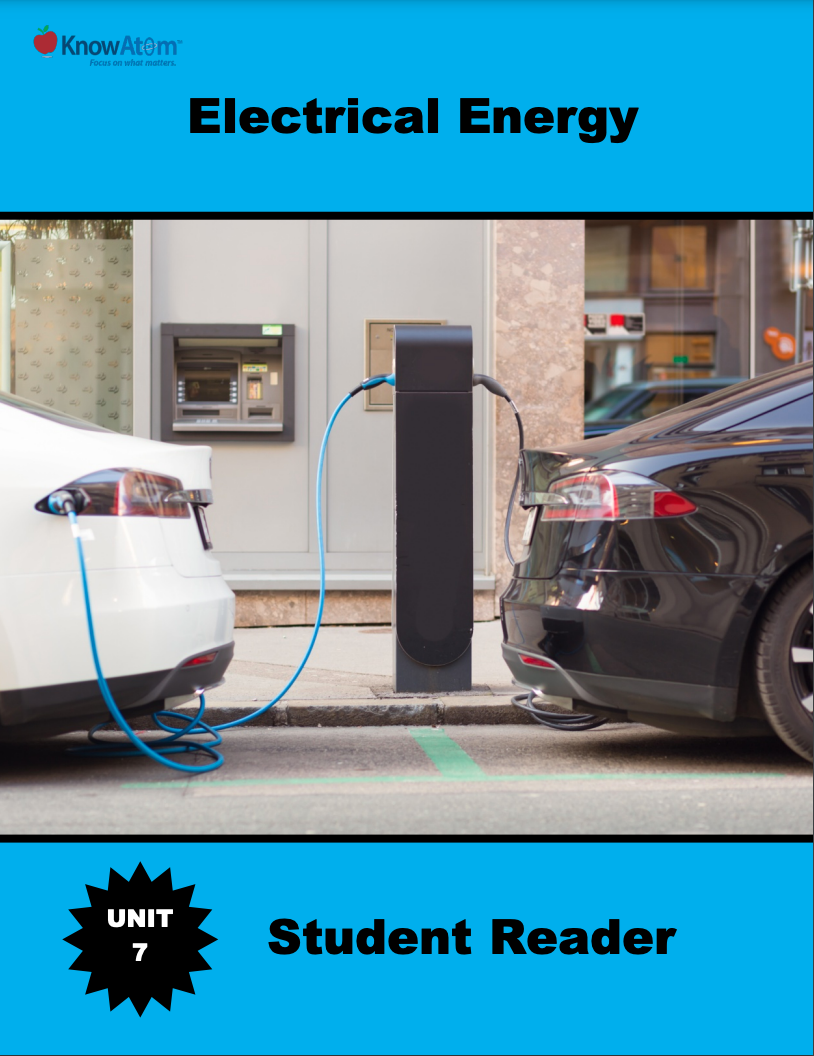
In this unit, students continue to explore science phenomena related to energy, focusing on how energy is transferred in circuits and can do work, such as spinning a motor. Students begin with this lesson on exploring the basic phenomena of direct current energy flowing through parts of a simple and series circuit.
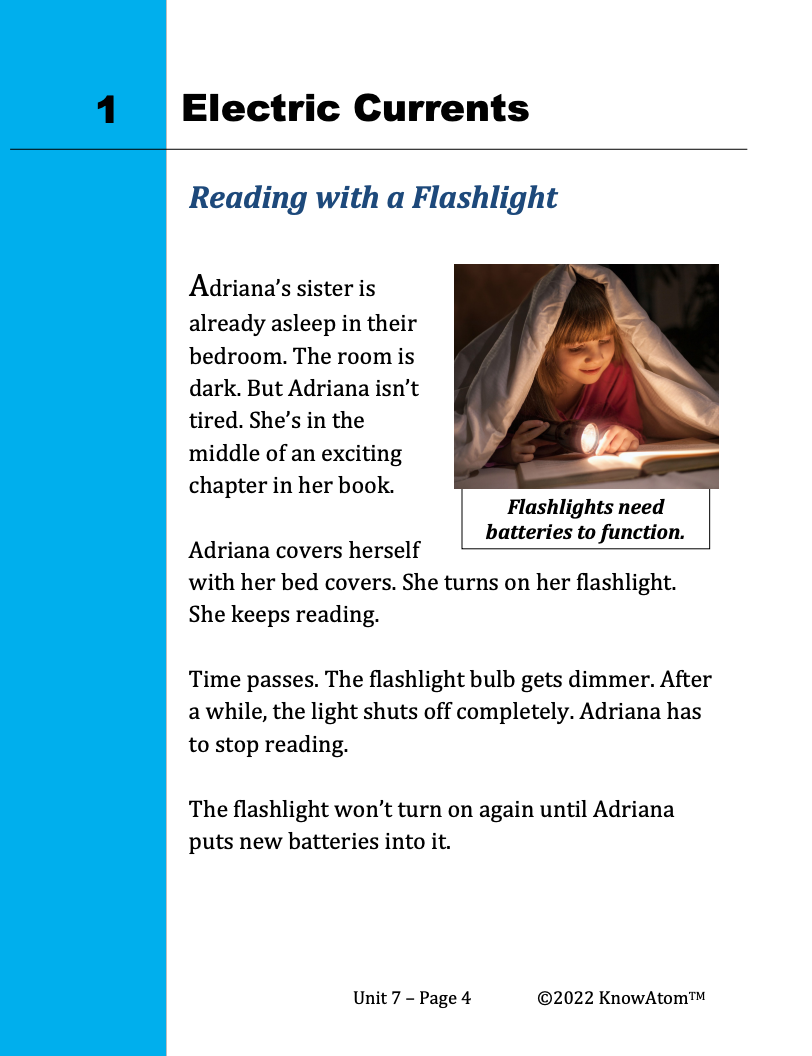
In this unit, students explore the science phenomena of how energy is transferred in a circuit to do work. In this lesson, students figure out the phenomena affecting the left and right movement of an electric car. This page is a high-level extract of this lesson.
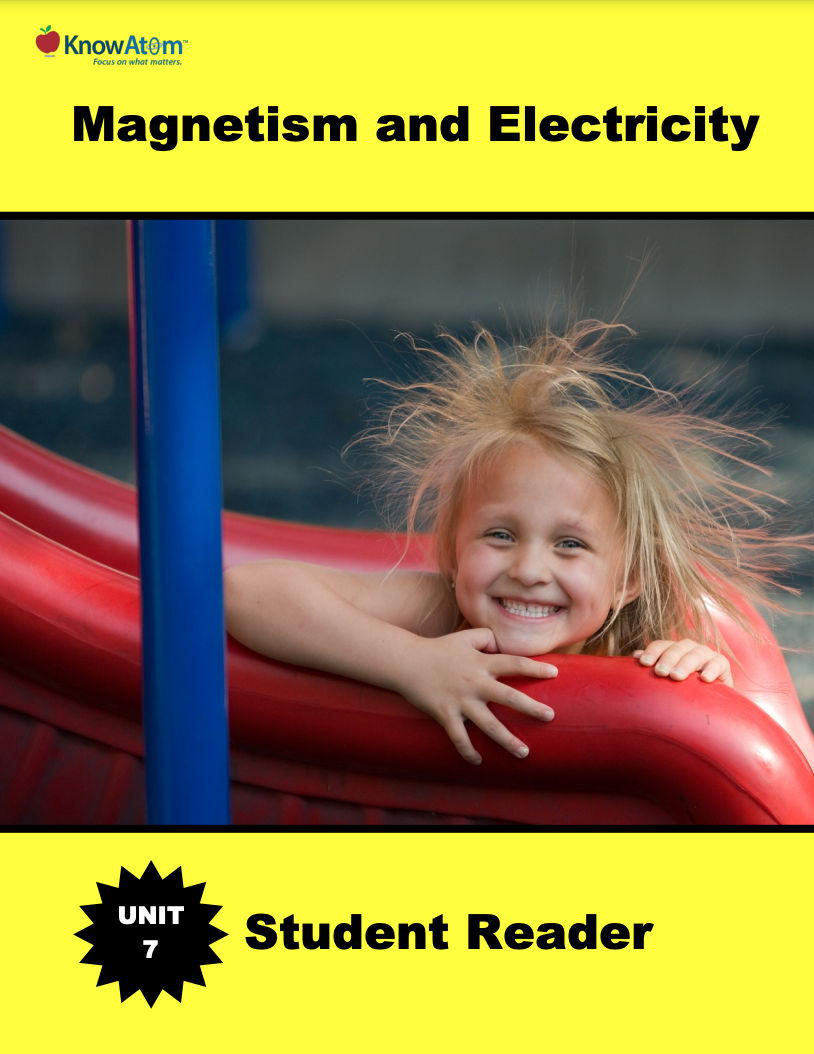
In this unit, students focus on the science phenomena of electric and magnetic forces. In this lesson, students build on their knowledge of forces by exploring electric forces. They analyze how materials can become either positively or negatively charged, and then use an electroscope to explore how opposite charges are pulled toward one another and like charges are pushed away from one another.
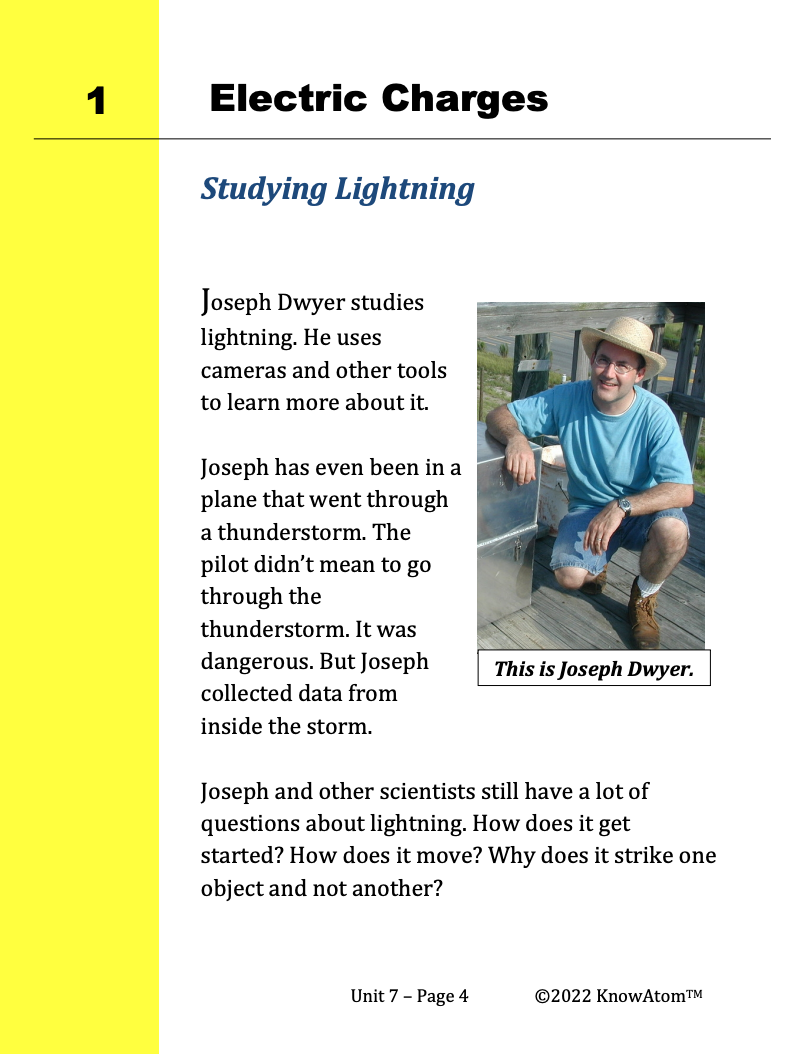
In this unit, students explore the science phenomenon of how materials can attract or repel other materials without touching them. In this lesson, they investigate how magnets can attract or repel certain objects within their magnetic field. This page highlights the key components of this lesson.
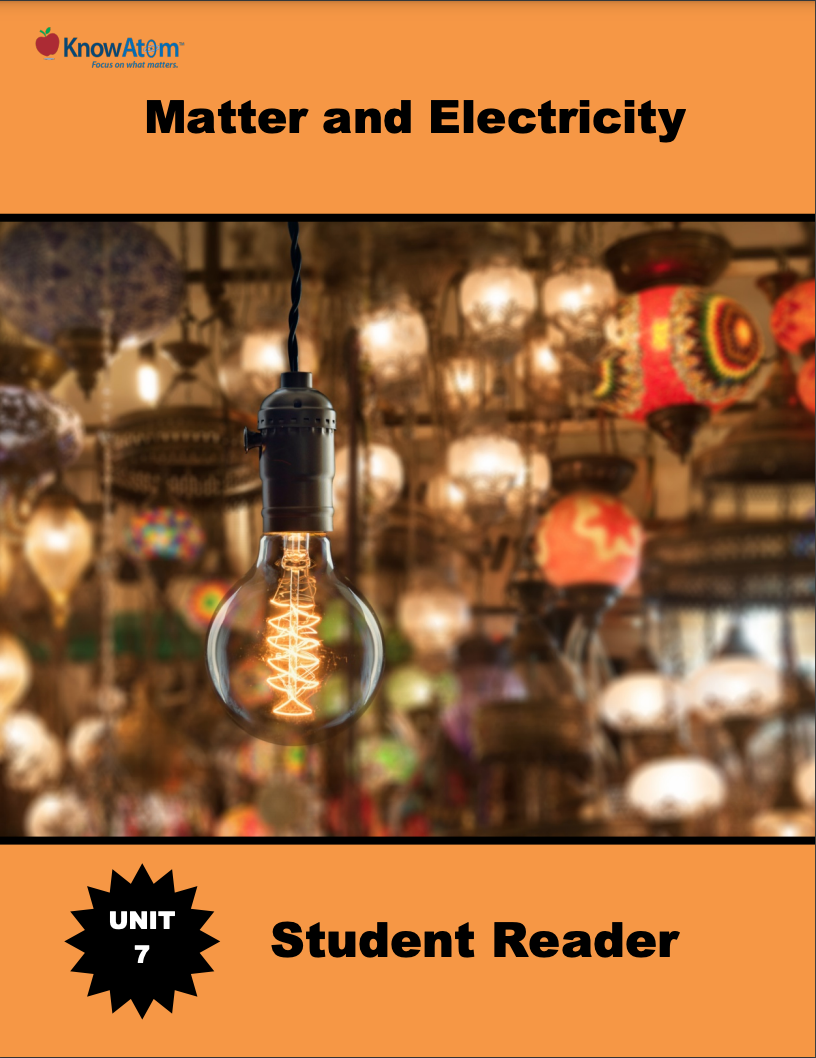
In this unit, students continue to explore forces and energy, focusing on the science phenomenon of how electrical energy can be transferred from one place to another to do work. In this lesson, students build series and parallel circuits, measuring the amount of current that moves through each circuit with one and two light bulbs. This page highlights some components of that lesson.
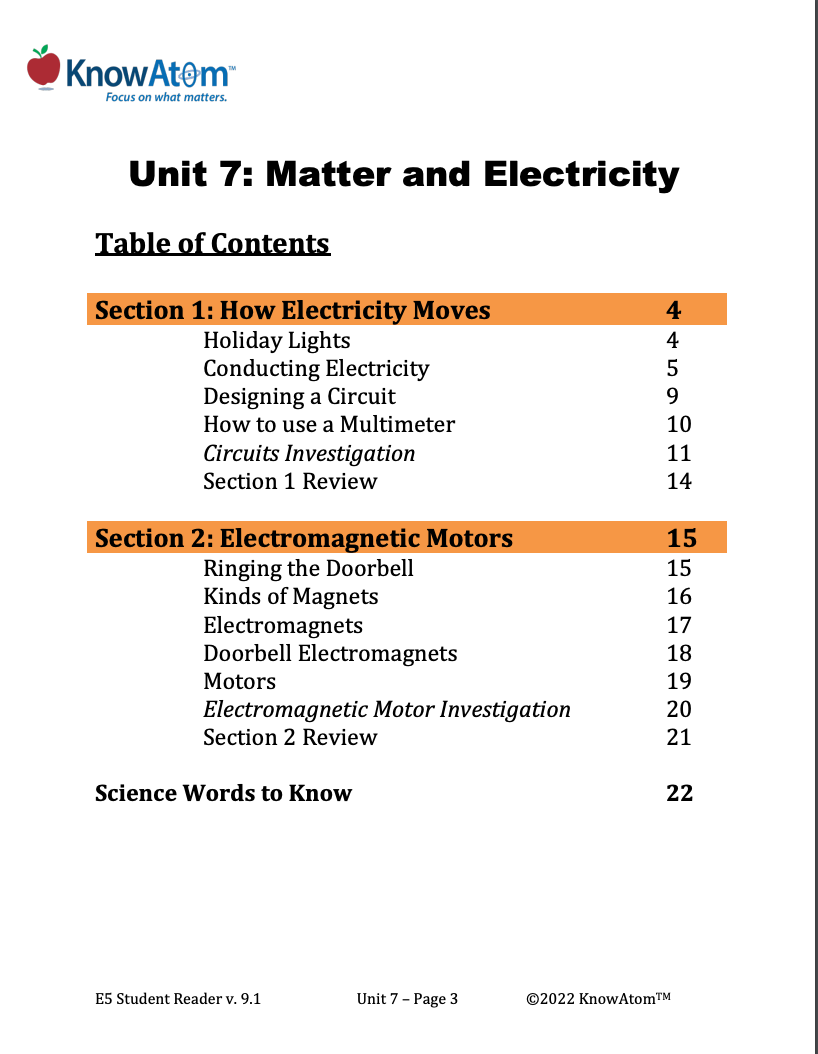
In this unit, students explore the science phenomenon of electric currents and electrical energy. In this lesson, students figure out energy transfers, electricity, and circuits in the context of an electromagnetic motor system. This page showcases each key section of this lesson.
Standards citation: NGSS Lead States. 2013. Next Generation Science Standards: For States, By States. Washington, DC: The National Academies Press. Neither WestEd nor the lead states and partners that developed the Next Generation Science Standards were involved in the production of this product, and do not endorse it.
